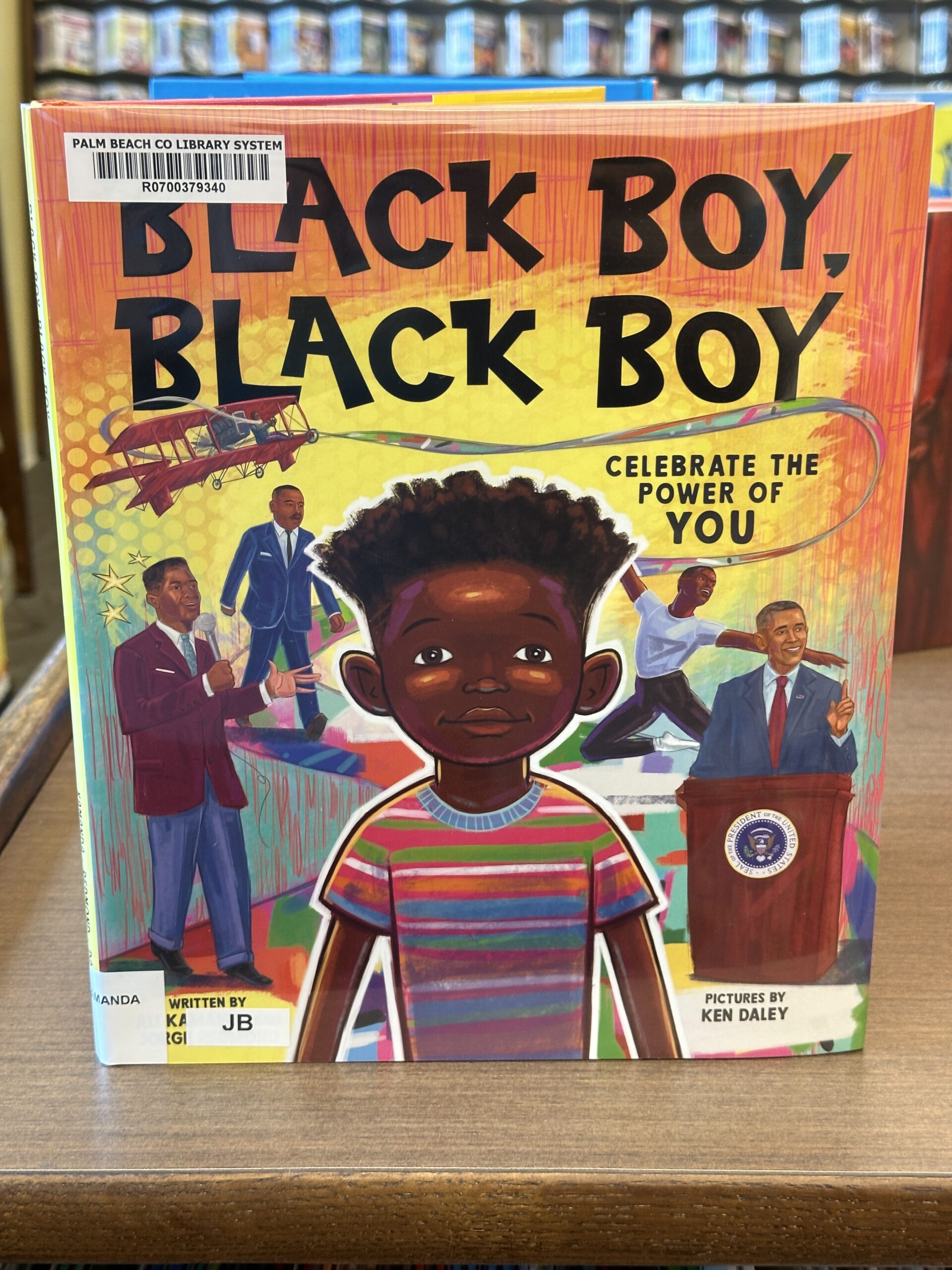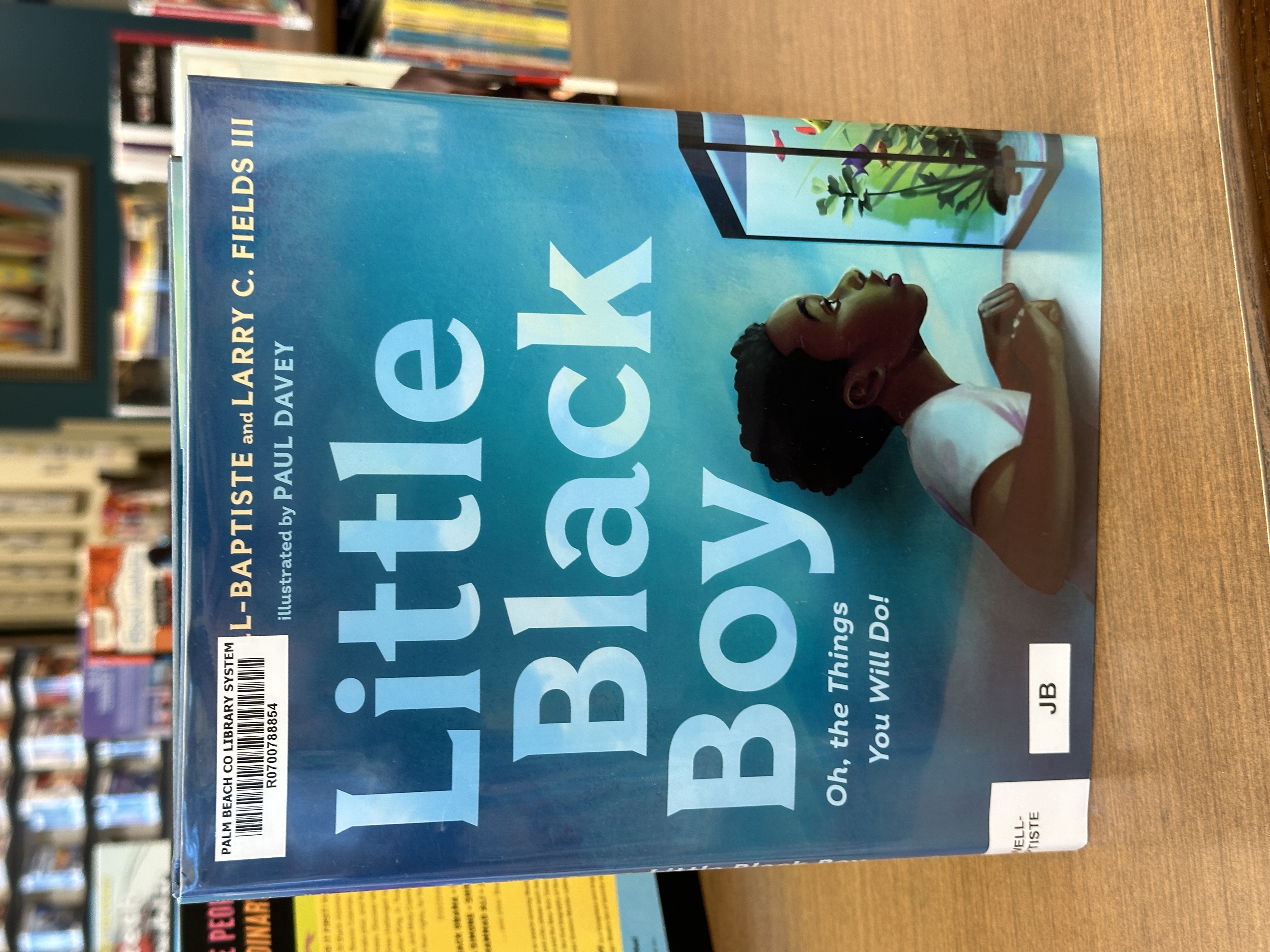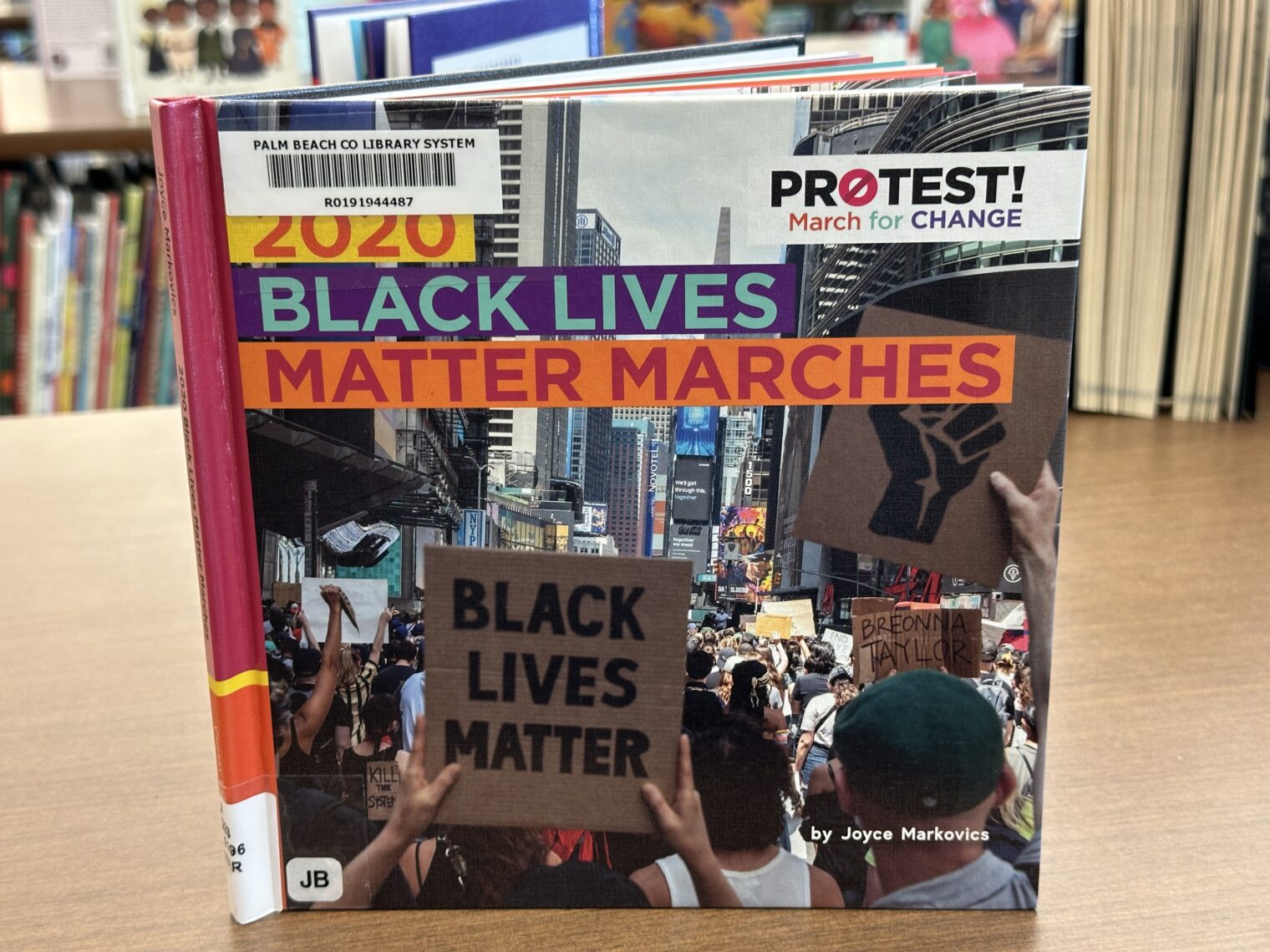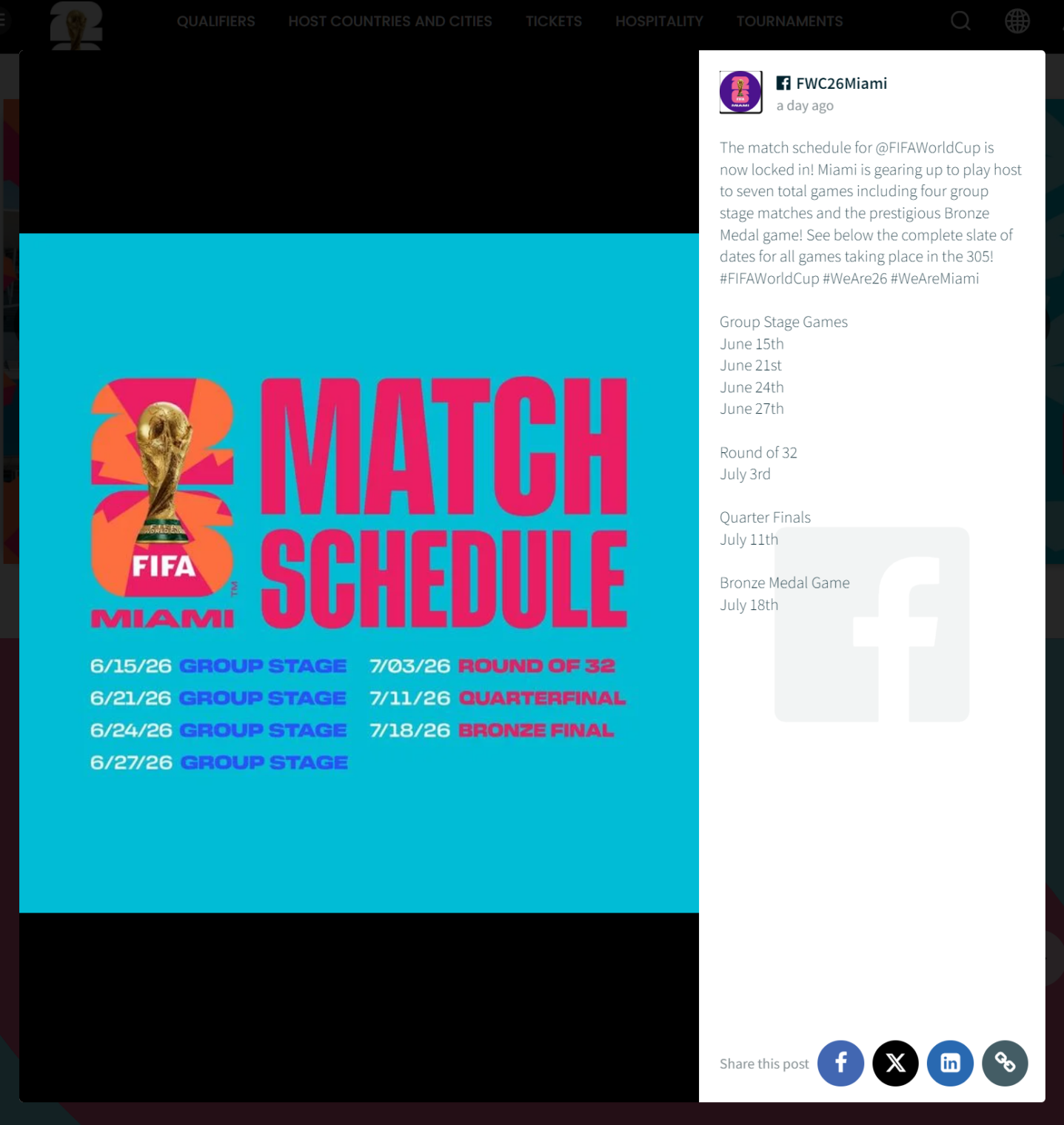Cougar Tale in the New York Times
Other than gender studies graduates who are about to have all of their student loans transferred onto the backs of the working class, divorced women are the most reliable Democrat voters in the U.S. What’s the latest harvest of material from Democrat-controlled media on the miracle of family court?
“My Husband Is Two Years Older Than My Son” (New York Times):
Our 19-year age gap feels treacherous and gossip inducing — and is also the best thing that’s ever happened to me.
This is his first marriage and my third. Minutes before our rainy courthouse wedding, my future mother-in-law said, “He’ll be your last love and you’ll be his only love.”
If you had asked me five years ago if I would ever date again, I would have said, “Not in a million years.” I was a middle-aged woman filing for divorce,…
The author is grateful that the mandarins permitted her to leave her house and work for wages:
I work as a freelance makeup artist in Portland, Ore., but business had been slow back then, so for extra income I took a cashier job at the local Fred Meyer grocery store, which is where I met Tylan.
He struck me as gorgeous with his long hair, piercing blue eyes and hippie wardrobe. He worked the cash registers too but was a “P.I.C.” (person in charge) who also had management responsibilities.
When the pandemic hit, my makeup work dried up completely, and I became reliant on my cashier job at Fred Meyer, which, as an essential business, stayed open even during the worst of Covid.
(Are we to infer from “management responsibilities” that she was having sex with the boss, as in this scholarly journal paper from the UK?)
… I was 46, one year younger than his own mother, and he was 27, two years older than my son.
He introduced me to emo-rock and I introduced him to obscure slow-core. We drank mead, tested out new recipes, and discussed music, career goals and sometimes, our love lives. Mine was nonexistent and I was content with that, and he was single, waiting for the right one. There were times I even tried to play matchmaker, but it never quite worked out.
There was a midnight skinny dip at the river, making out on a giant velour bean bag, and indoor camping with a tent made out of bedsheets. And then it happened one night, Tylan knelt on one knee and proposed. I was stunned and momentarily mute. It wasn’t until Tylan said, “Yes?” that I nodded my head and blubbered, “Yes!”
What else can divorce plaintiffs look forward to other new sex partners from a different generation? An enormous smile, at least according to “In Defense of Divorce” (Slate), author of This American Ex-Wife: How I Ended My Marriage and Started My Life:
Lenz walked away from her marriage to rebuild her life in her 40s, and to find out what freedom feels like. Reading her story, we get to feel that freedom too. I talked with Lenz—divorced woman to divorced woman—about why divorce isn’t a tragedy.
People are really uncomfortable with a woman who is free and a woman who chooses herself. I think that adds into the dissonance—it makes people really uncomfortable when you say, “Hey, my marriage was not great and I’m leaving.” And you know this, too: The moment you get divorced, so many women go, “When did you know? When did you know? How should I know?”
I am anti the legal structure of marriage, because it is founded on women’s inequality. Look at the history of marriage. Look at these laws of coverture. Look at the laws in America where marital rape wasn’t even illegal until the past 20 years. And that’s because wives are property, and that’s the way that our legal system views women.
How tough is it to be a wife and mother with a full slate of modern appliances supplemented by Uber Eats food delivery and a weekly Latinx crew to do the real cleaning?
No, you feel miserable in your marriage because you never get a break because this whole system is packed on top of your shoulders and you can’t fricking breathe. And then the one time you get a moment to breathe, he’s like, “Hey, we haven’t had sex in two weeks.” … even the worst marriage still benefits a man in the end, because he is still getting free child care and his dinner made every night.
(Fair to guess that after the author sued her co-parent, both the retroactive and going-forward child care were not free?)
Contrary to nearly all survey data and journal articles, the book author says that the kids are way better off when mom and dad are having sex with a variety of new partners:
Full post, including commentsI think of it rather as a gain for [the kids, who were 4 and 6 when she sued their father], because they deserve relationships with the happiest version of both of their parents. … it’s really uncomfortable to be a sexual person to your kids, because if you tell, especially a tween daughter, that you’re dating, she wants to know, are you having sex? And then you have to talk about it.



















